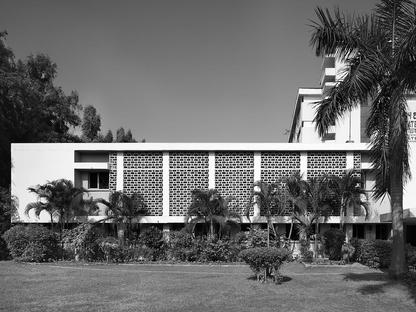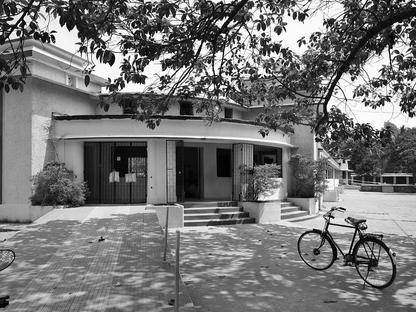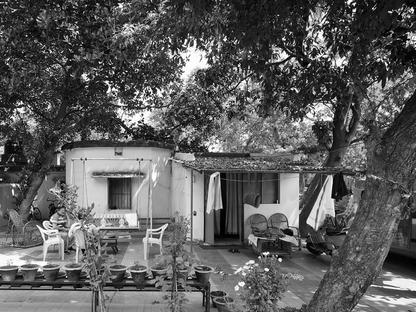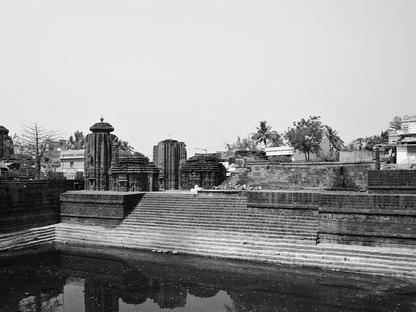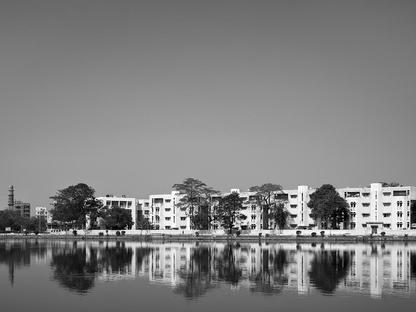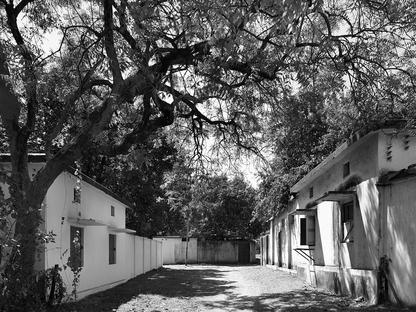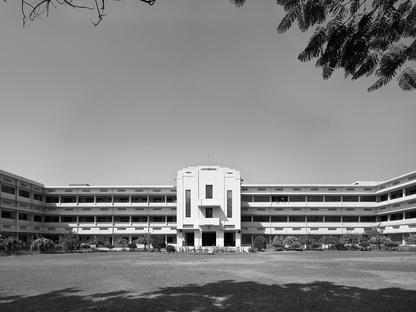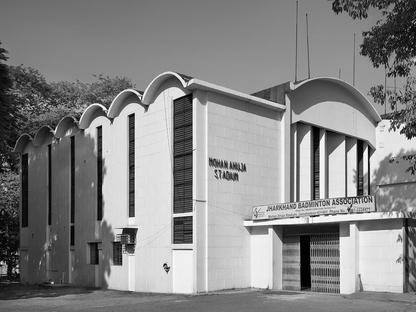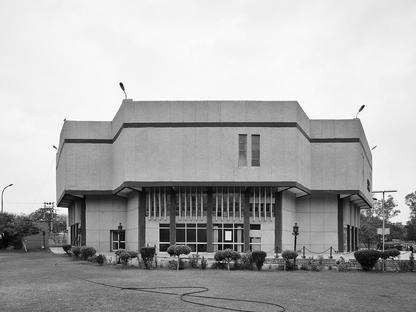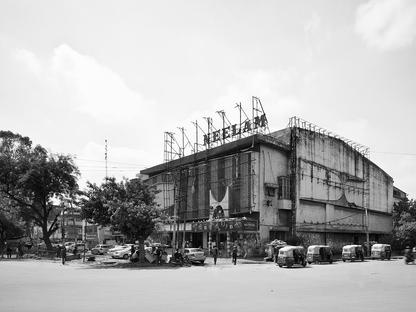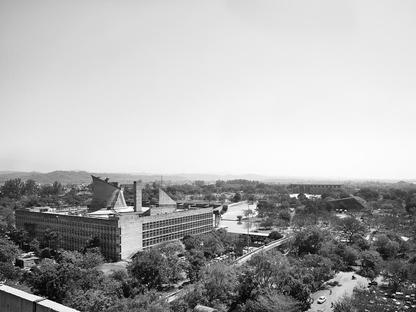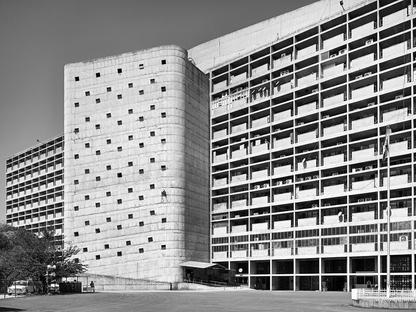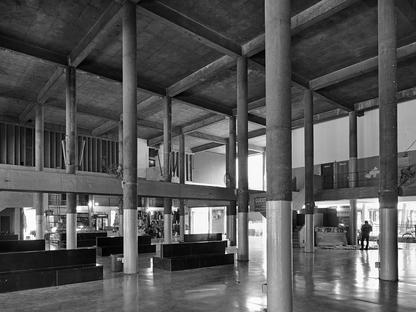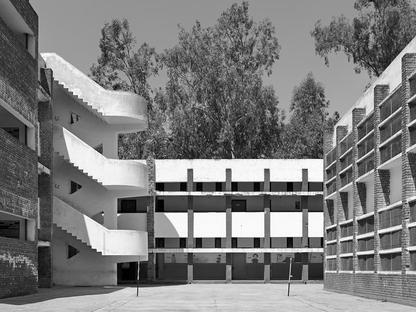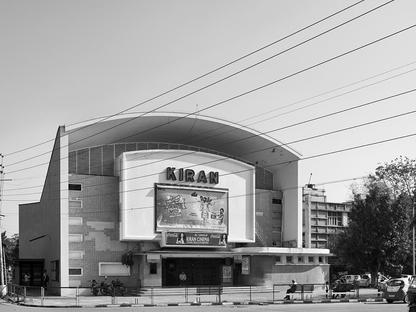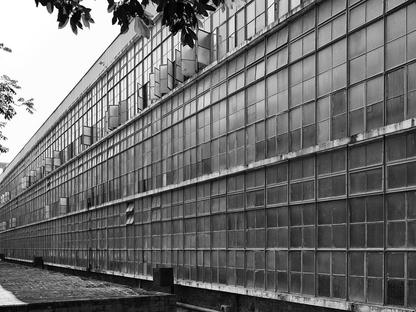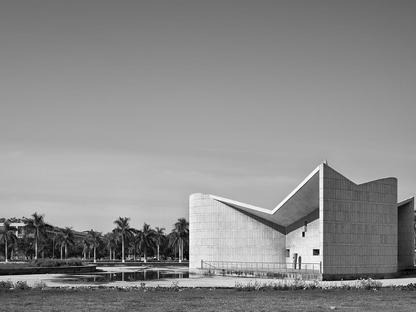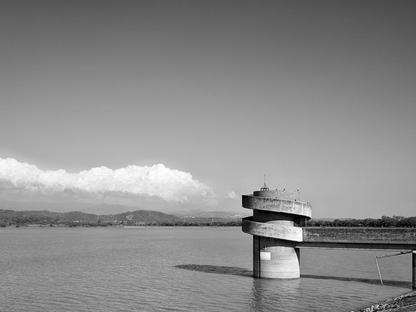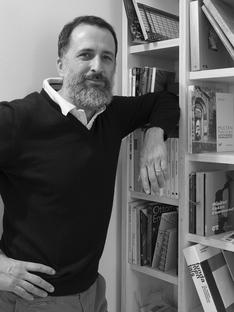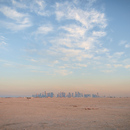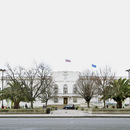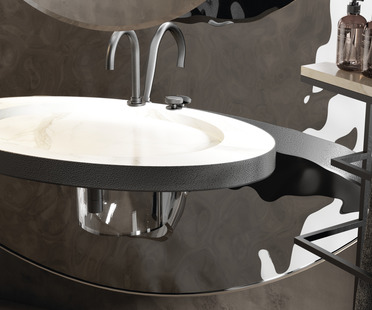12-08-2016
Marco Introini. A Warm Modernity.
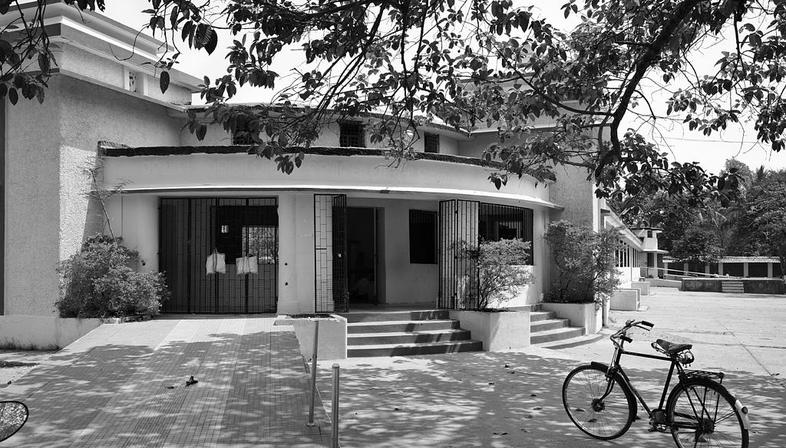 Photographer and architect Marco Introini, professor at the Polytechnic of Milan tells the story of modern Indian architecture. A trip to India where the architectural project is monochromatic.
Photographer and architect Marco Introini, professor at the Polytechnic of Milan tells the story of modern Indian architecture. A trip to India where the architectural project is monochromatic.Narrating India without falling into the rhetoric of its photographic landmarks. This could easily describe the photography project Warm Modernity of Marco Introini, architect and documentary photographer. Because to be honest, when we think of India, the thing that immediately pops up are brightly coloured images in the style of Steve McCurry - just to mention one famous name connected to the visual narrative of this nation. Whereas Marco Introini uses black and white as a linguistic choice tied to the desire to condense and to use the immense evocative power of this kind of photography.
Chandigarh, Bhubaneswar, Jamshedpur are the cities that Introini shares with us. A journey he took after carefully preparing his photographic campaign, made by studying the urban and architectural projects tied to the 1950s. A period close to Indian independence when there was a great deal of urban planning activity, weaving the experiences of European architects Frey, Drew and Le Corbusier with the ideas of their Indian counterparts Varma, Doshi, Correa and Rewal. All of it is based on the protocol of German architect Otto Koenigsberger, one of the most influential architects in post-colonial India. This protocol was drawn up in 1945 and already then it encouraged people to build the new cities using collective processes and self-building methods.
Marco Introini uses his camera to explore iconographic material of these projects of Indian modernism and that we find again in the critical volume of the same name edited by Maddalena D'Alfonso. Artworks united by a single current of thought and by their positioning in the so-called tropical climate zone. And it is this tropical context that runs through all the photos of Introini, underscoring the relationship of the buildings with nature.
As the photographer explains: “walking in the cities I was studying, without using any means of transport, was very important not only to discover the architectures and pieces of city, but also to enter into harmony with the environment, formed of both buildings and lush plant life”. The output are photographs that we can use to position the buildings in the urban and social context. Not only that, but by narrating these black and white explorations, Marco Introini removes that mystical substrate that far too often fuddles our vision of India, in order to bring out architectural and urban planning projects whose beauty and formal purity still win you over - more than fifty years after they were built - without the need to add any folkloristic touch.
Christiane Bürklein (@chrisbuerklein)
Marco Introini
http://www.marcointroini.net/










